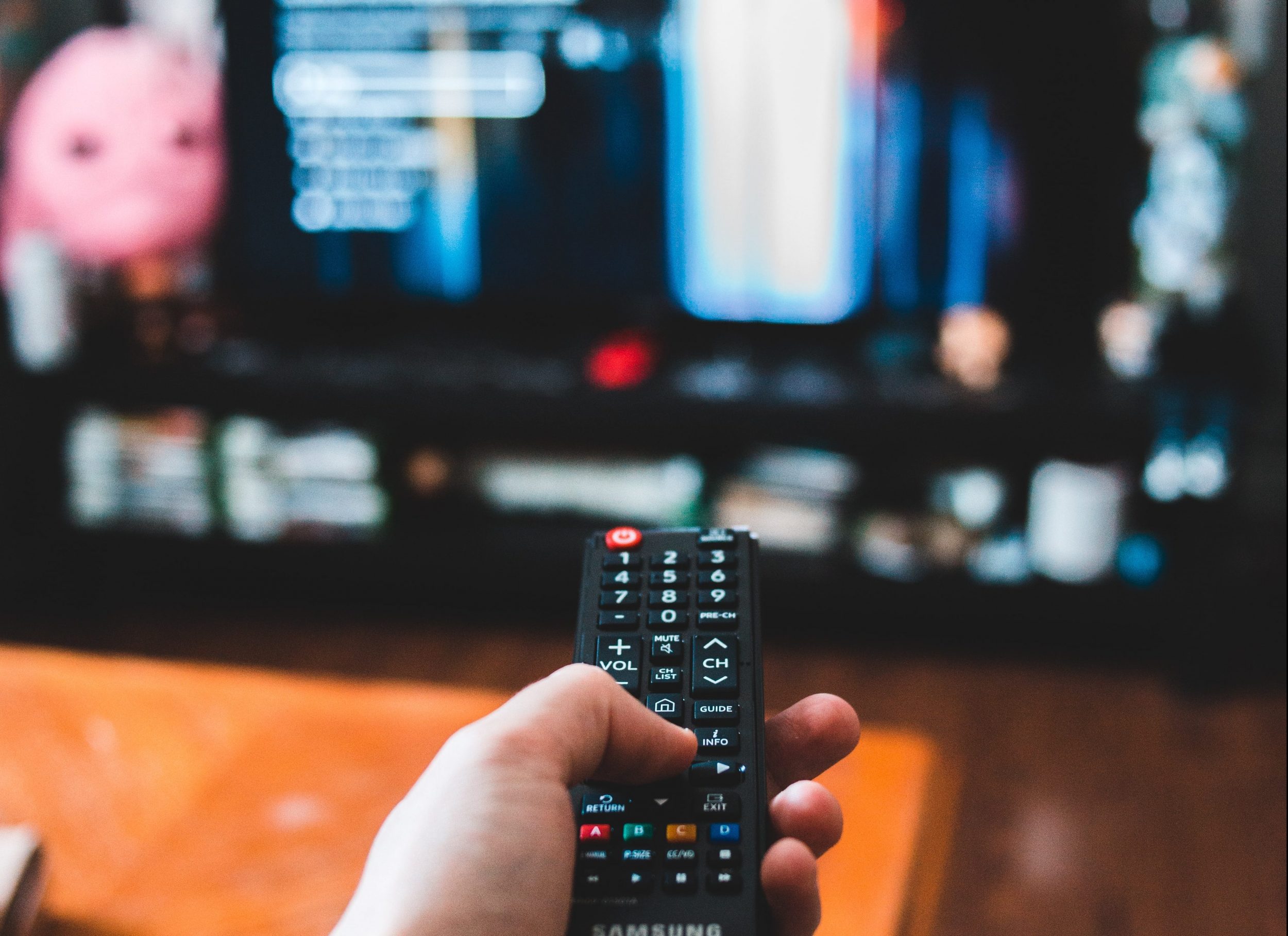 Theresa Seipp, a PhD candidate at IViR (Institute for Information Law, UvA) and part of the research team at the AI, Media, Democracy Lab, explains here the need for a reconsideration of news media regulation in light of the increasing power of large tech platforms.
Theresa Seipp, a PhD candidate at IViR (Institute for Information Law, UvA) and part of the research team at the AI, Media, Democracy Lab, explains here the need for a reconsideration of news media regulation in light of the increasing power of large tech platforms.
Power dynamics in the news ecosystem have changed since the advent of digitalisation and platformisation, which has implications for the actors involved in delivering (and even producing) news. As I explain elsewhere, individuals, newsrooms, and the entire media ecosystem are all seeing a shift in opinion power away from traditional news outlets to platform companies. However, current media regulations assume that only established legacy media, such as television, newspapers, and radio, have any influence over the public’s opinion and do not take the influence of platforms into consideration.
In today’s media landscape, platforms play a pivotal role as gatekeepers to the news affecting individuals, newsrooms, and the entire media ecosystem. The algorithmic management of content affects individuals’ news consumption and exposure, which may have implications for free, open, and independent opinion formation. Newsrooms are increasingly reliant on platforms for access to resources including data, expertise, finance, and technical support. As a result, platforms and their services may challenge editorial independence, autonomy, and resilience as newsrooms become increasingly automated and datafied, and hence more dependent on them. The effects of this power of platforms in relation to the news is very well explained in a book by Rasmus Kleis Nielsen and Sarah Anne Ganter.
Three main features have led to platforms’ increasing opinion power:
- First, they can deploy algorithms that enable control over the access and selection of information, content, and communication flows.
- Second, they have access to user data and communication content which enables the development of user profiles reflecting the values and preferences of individual users.
- Third, they have technological influence, such as over the development and distribution of software, algorithms, and filter technologies, which allows for control over the communication infrastructure and architecture.
Because of their economic and market domination, as well as their control over algorithms, data, and technology, platforms have come to be viewed as influential opinion leaders and “active political actors in their own right”.
This raises serious concerns about media pluralism. States have positive obligations to put safeguards in place to distribute opinion power because “there can be no democracy without media plurality” according to the European Court of Human Rights. Pluralism is about balancing existing structural asymmetries in communicative power and promoting political equality. The point here is that careful attention to structural power allocations in a dynamic digital media environment needs to be paid if we want to enable media pluralism and prevent concentration. The structure and distribution of communicative power essentially determines how diverse and balanced the digital media environment is. So, lawmakers must go beyond established rules and regulate the resources of control and power in the digital media ecosystem.
The need for a new strategy
A new, far more all-encompassing strategy for regulating opinion power and media concentration and for encouraging media pluralism is necessary in light of the intricate relationships between platforms, news organisations, and users, because “technological and economic dominance today is more than just a market phenomenon”.
It is important to set normative and policy goals to effectively address the new control and power resources in the digital media ecosystem. When it comes to individual news consumption and exposure, I believe that more attention needs to be paid to empowering users through transparency obligations and choice possibilities, which enhances trust and agency. Protecting user data and privacy, preventing lock-in, and regulating network effects are also necessary for this to happen.
Furthermore, new potential rules should address threats to media sustainability and resilience, encourage transparency of “ownership” at the institutional newsroom level, and protect editorial independence and autonomy. Since today’s power resources, including data and algorithms, cannot be “owned” in the traditional sense, this calls for a revision of the idea to limit media “ownership” only, instead of also considering who control these new resources of power. Rules that address users’ and newsrooms’ structural dependence on platforms and encourages fair competition, especially for smaller, local, and independent media, is what I consider crucial for the media ecosystem. In addition, policies should safeguard the non-discrimination and accessibility of platforms’ communication infrastructures.
Finally, it may be necessary to grant more authority to oversight actors like media authorities to control power structures and enforce transparency. Since aspects relating to the media, competition, and data are all becoming more interconnected, better cooperation between relevant authorities is essential.
The emerging EU regulatory framework
Traditional media concentration law is primarily concerned with aspects of media law, constitutional law, and competition law. However, the aforementioned goals cannot be achieved in just one or two domains of law. To be effective in the digital age, we need to address new legal and policy domains. Some combination of media law, competition law, data protection and privacy law, consumer law, platform regulation, artificial intelligence (AI) regulation, (tele)communications law, and contract law may be necessary to manage platform opinion power. Detailed and specific laws must still be developed, although some components of such a new regulatory approach may already be found scattered across the emerging EU regulatory framework, including the Digital Services Act (DSA), Digital Markets Act (DMA), Data Act, and European Media Freedom Act (EMFA).
For instance, the DSA imposes transparency requirements on platforms (Article 27) and demands the option to shut off personalization in recommenders (Article 29) in an effort to promote user trust, control, and transparency. The EMFA’s stated goal of giving people more agency through the establishment of a “right to customization” (Article 19) appears to be moving in the same direction. The DMA also acknowledges that “core platform services have very strong network effects, the ability to connect many business users with many end users through the multi-sidedness of these services, a significant degree of dependence of both business users and end users, lock-in effects […]” with the intention of implementing safeguards against lock-ins. The DMA also aims to minimise data-driven competitive advantages by limiting the capacity of “gatekeepers” to combine and cross-use personal data with data from third parties. Such provisions are faulty because, for instance, the GDPR allows for end-user consent and platform design architectures could nudge users into giving consent. Still, the general approach on how to deal with platform (opinion) power witnessed does mark the beginning of renewed efforts to deal with platforms in the media ecosystem.
Clearly, current media concentration restrictions are not adequate, and a more holistic and novel approach is required to address the issue of concentrated power in the media ecosystem. More research will be needed to determine how to effectively limit the influence of platforms, however, initiatives in the EU and elsewhere to curb platform power are indicative of a renewed commitment to safeguarding media diversity, equality, power dispersal, equality, and fair(er) competition.
This post represents the views of the author and not the position of the Media@LSE blog nor of the London School of Economics and Political Science.
Featured image: Photo by ROBIN WORRALL on Unsplash





